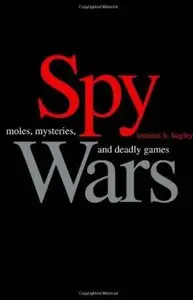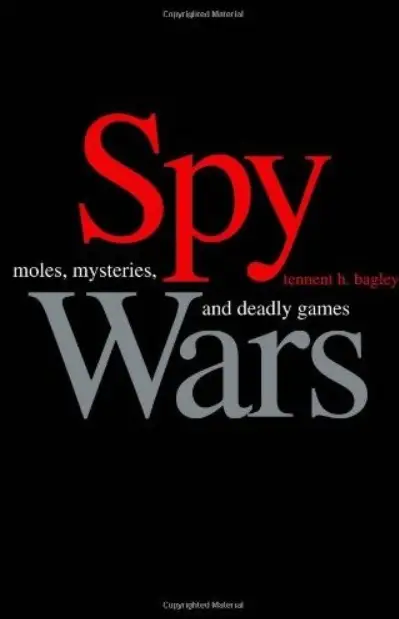Spy Wars: Moles, Mysteries, and Deadly Games by Tennent H. Bagley
English | 2007-04-24 | ISBN: 0300121989 | PDF | 336 pages | 1 MB
English | 2007-04-24 | ISBN: 0300121989 | PDF | 336 pages | 1 MB
Utterly compelling from page one, Tennent H. Bagley's Spy Wars documents the strange case of Yuri Nosenko, a KGB agent who approached the CIA in the early 1960s (apparently) ready to divulge a treasure trove of secrets, including information on Soviet intelligence operations, KGB surveillance tactics, and even Lee Harvey Oswald’s time in Russia.
But was Nosenko a source of legitimate information, or a KGB loyalist sent to misdirect CIA efforts? It's a controversial question to this day, but one that Bagley, as a scion of a storied Navy family and then supervisor of the CIA’s operations against the KGB, is uniquely qualified to dissect.
Along the way, he vividly recounts the chess match between the rival intelligence agencies during the opening salvoes of the Cold War, and it’s as cloak-and-dagger as any LeCarre fan could hope–double-agents, miniature cameras hidden behind neckties, microfilm, and other trappings of the spy game abound in this fascinating and fast-paced real-life thriller.
Bagley, who oversaw the CIA's operations against the KGB in the 1960s, takes us deep inside the cold war spy game. He focuses on a notorious case, one he was intimately familiar with: Yuri Nosenko, the KGB officer who approached the Americans in May 1962, offering to divulge secrets to the CIA. Over the next few years, Nosenko supplied the U.S. with plenty of information, including some interesting tidbits concerning Lee Harvey Oswald's time in the Soviet Union. But Bagley, who directly supervised the Nosenko case, eventually became suspicious of the Russian agent and began to suspect that Nosenko, rather than a turncoat, was a KGB plant, spying on the Americans in the guise of a traitor (the debate rages to this day). Bagley doesn't pull any punches here, and readers expecting the usual KGB-as-villain, CIA-as-hero story are in for a whole lot of surprises: Bagley reveals that the good guys were just as duplicitous, traitorous, and nasty as the villains. The spy game has never seemed quite so dirty nor the CIA so villainous.



